Why Are NYC Renovations So Complex?
Why are renovations in New York City so complex? Read this blog to find out before you embark on your own NYC apartment renovation.
February 2, 2022
|
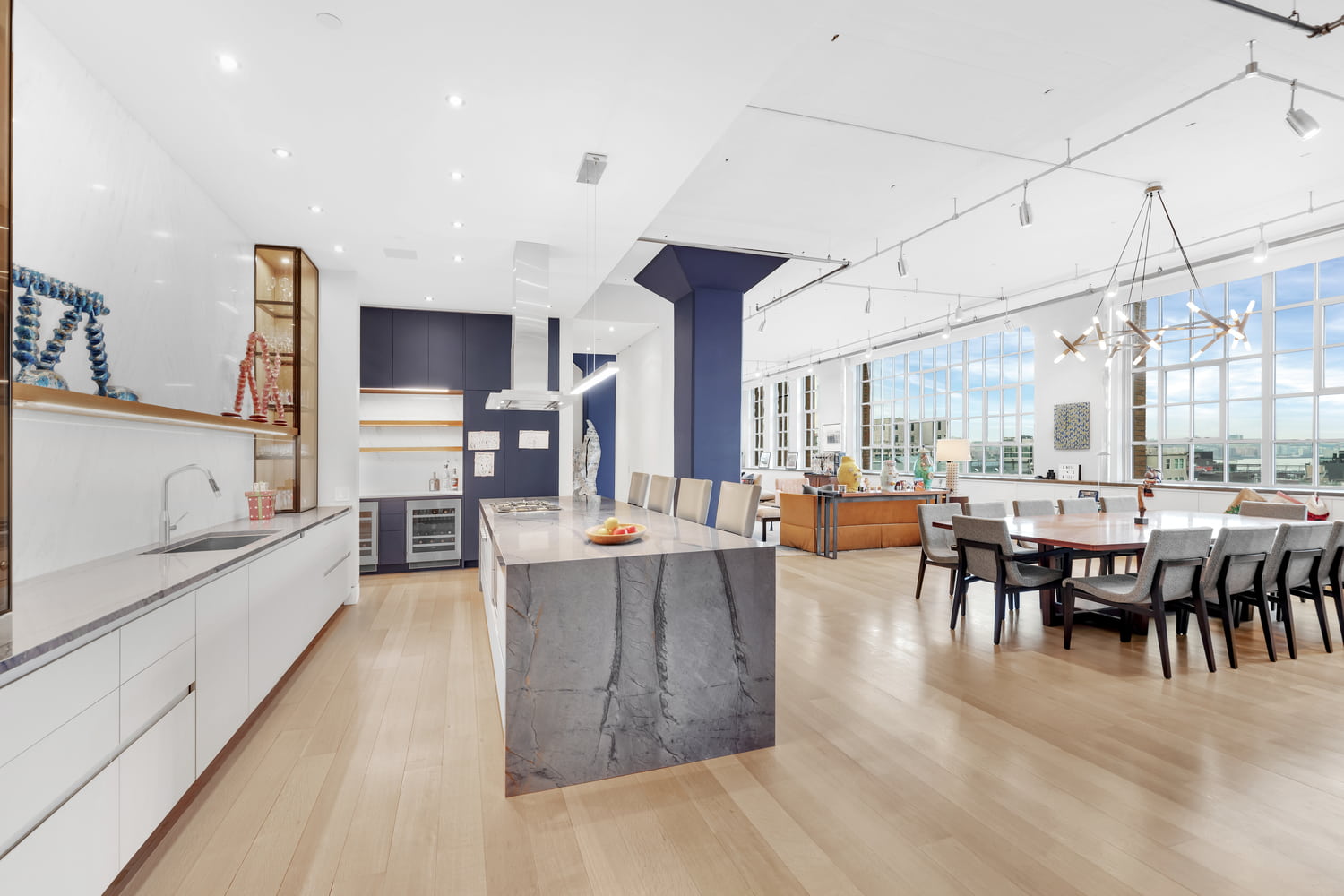
Why Are NYC Renovations So Complex?
To dispel some of the sticker shock, we’re breaking down exactly why NYC renovations are so complex. Know what to expect and find out why.
TABLE OF CONTENTS
- Time Limits
- Elevator Usage and Delivery Considerations
- Building and City Regulations
- Site Conditions
- Living In The City
- Home Renovation Contractors In New York City
Renovating a home, especially a full gut renovation, can be a complex undertaking no matter where you’re located. But the fact remains that if your home happens to be an apartment in New York City, the task at hand will be even more of an undertaking.
The thing is, additional factors are at play when renovating in New York. To dispel some of the complexity behind the process, we’re breaking down exactly what goes into the cost of an NYC apartment renovation. You should know both what to expect and have an understanding of why.
[#Time]Time limits[#Time]
In apartment buildings, there are more strict limitations to working hours. A typical work day runs 8-5, but the working hours in apartment buildings tend to be 9-4. Even that can slightly vary depending on the building. In the time of COVID and increased working from home, buildings have limited “noisy work” to specific hours of the day as well, creating even more time impediments.
That doesn’t mean you can start on the actual renovation process right at 9. First, you have to set up all the protections around common areas. This can take up to an hour, so now you’re looking at a start time of 10.
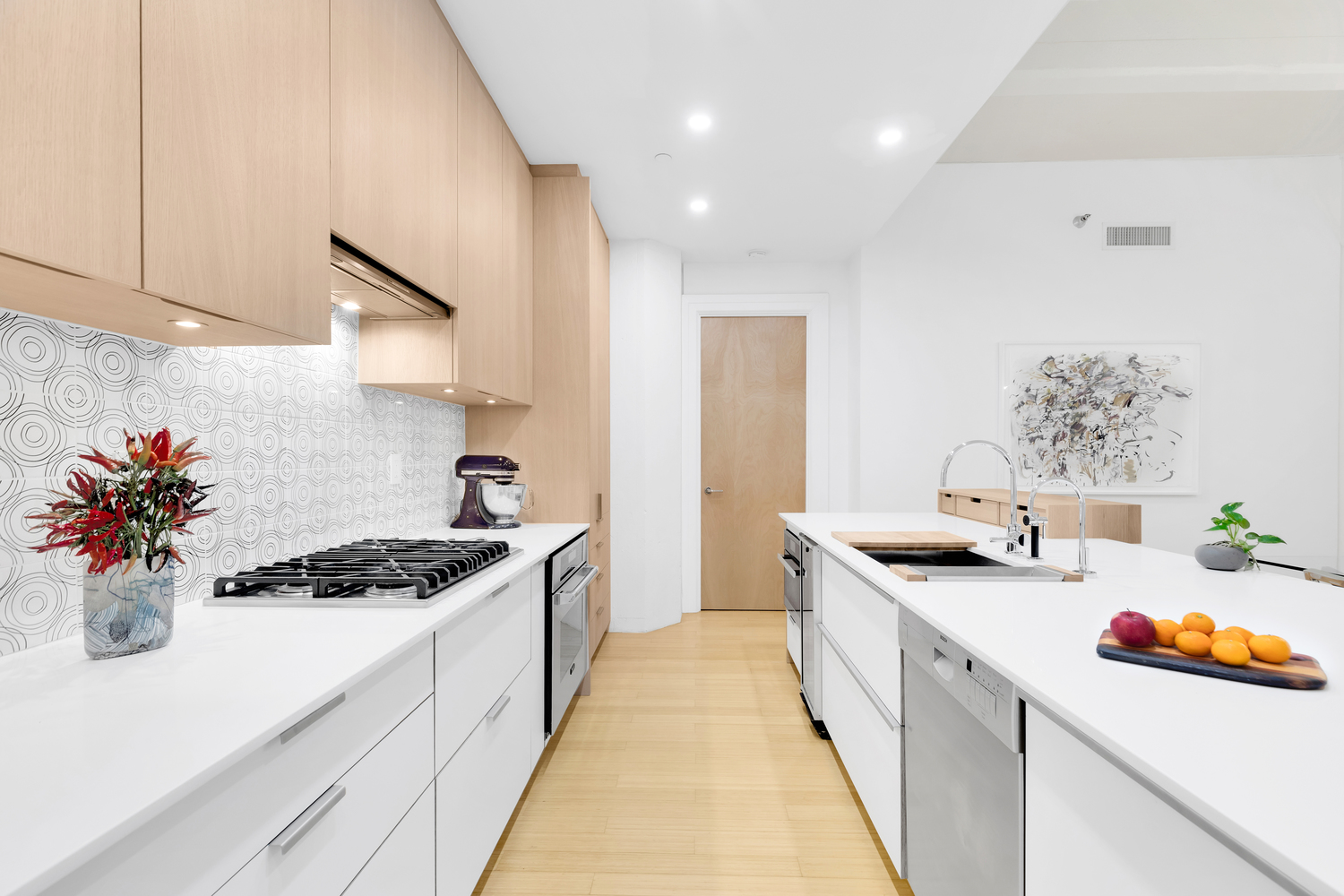
And because you’re in an apartment building that is occupied by many people, you can’t just leave the protections in the common areas up; they have to come down at the end of each work day, taking up another hour. Now you’re looking at a work day of 10-3, rather than the 8-5 that would be possible in a private home. A shorter work day extends the length of the project, which adds up in the final cost.
[#Elevator]Elevator usage and delivery considerations[#Elevator]
Elevator usage is virtually always necessary in apartment buildings. Often, it has to be reserved. (Other people may be renovating their homes, too.) Having to use an elevator to transport items naturally adds time. In some instances, elevator dimensions might be too small to fit the materials you need to move.
For example, If you're delivering framing to a sixth floor apartment and you can't fit it into the elevator, you have to either use the stairs (this can add a lot of time, especially if you’re doing an entire apartment that requires framing for the whole space) or cut the materials to fit off-site. This is often the case in older buildings.
Sometimes you even need to hire a boom truck to transport materials in through a window. All of this must be factored into the project timeline, which adds time and, in the case of the boom truck, an extra cost.
Similarly, deliveries must be planned out well in advance. In a private home, everything can usually be delivered at once and stored in the basement until it’s needed. In an apartment building, deliveries must be planned out and scheduled to coincide only with that day’s work.
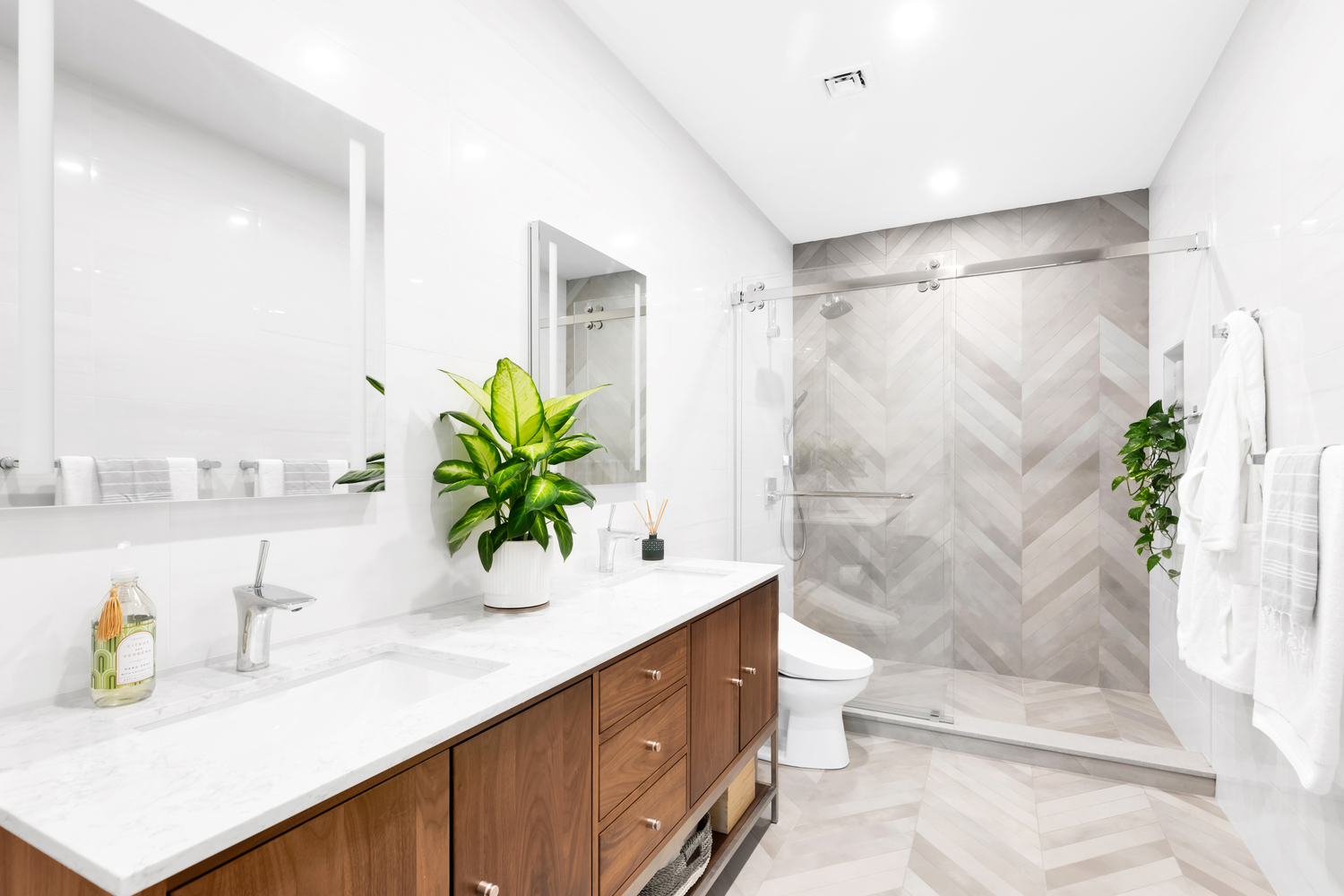
The best way to go about it is to deliver what's needed for that week, one week at a time. Instead of one delivery, you're now dealing with 9, 10, or even 12 potential deliveries. Delivering to the city in general is also more expensive. You typically have minimum delivery amounts (so if you only need one piece of plywood, well… think again), as well as the premium being paid for dealing with city traffic conditions and street parking.
Speaking of street parking, that in itself can add to the time needed to complete a project. If the delivery truck has to park at the end of the block, the materials have to then be walked all the way to the building.
A bathroom renovation that may only take two weeks to complete in a private home can easily balloon to four weeks simply due to just the factors we’ve already covered.
[#Building]Building (and city) regulations[#Building]
Another major difference between apartment buildings and private homes is the fact that apartments have to contend with both building and city regulations. In apartment buildings, if you’re renovating wet spaces you always have to take waterproofing measures, to prevent the potential intrusion of water into the apartment below the one being worked on.
In apartment building renovations of wet spaces, buildings typically impose specific requirements on the replacement of all branch lines, shut-off valves, and vent stacks, even if there’s no practical need. This is not usually the case in private homes. Another cost-cutting measure that private homes can take is engaging workers from the carpenter’s team for plumbing, such as replacing a faucet or installing dishwasher. Not so for apartment buildings – all plumbing work must be done by licensed plumbers, no matter how seemingly minor it may be, which can add significant cost.

In addition to plumbing, all electrical work must always be conducted by licensed electricians too. In NYC, licensed electricians and plumbers tend to be expensive because they’re highly regulated, especially plumbers. Aging plumbing is susceptible to gas leaks, so city agencies and the Department of Buildings have imposed strict regulations to avoid mishaps which will affect all the occupants of the building.
A note on city vs. building codes: there’s nothing in the NYC DOB code that says a licensed plumber must install something as simple as a dishwasher. But there are regulations around who can do the technical work of plumbing, such as running hot water lines, cold water lines, gas lines, and waste lines, as well as rerouting gas lines.
Management buildings, on the other hand, will typically stipulate that any and all plumbing work, including something as benign as a dishwasher, must be done by a licensed plumber. This is mainly due to accountability. A little leak can cause a lot of damage, not just to your apartment but to all the other units below you. This is essentially why alteration agreements exist. Building management companies review and approve proposed renovations before allowing projects to be scheduled to ensure that the companies, contractors, and design-build firms working in their buildings have the adequate insurance to cover any problems that might arise.
[#Site]Site conditions[#Site]
This is where the hidden costs of renovating estate-condition pre-war apartments in New York come into play. Pre-war apartments tend to have unfavorable site conditions, including but not limited to plumbing that hasn't been touched in decades, cloth wiring that must be entirely replaced, plaster or cement walls, and even asbestos.
Most full interior renovations include creating, moving, or taking down walls. This in turn necessitates running new circuitry or even having to rewire the whole apartment. In a private home, there are no limitations on how wires can be run. Usually, they are channeled through the ceiling and dropped into the wall. Surprise: this is not allowed in apartment buildings. Specifically, apartment buildings don’t allow channeling of ceilings; sometimes even party walls (walls shared with neighbors) cannot be channeled, either. Routes to run wires from the electrical panel to wherever they need to go are thus limited to only non-party walls. When walls are channeled like this, they must be patched and then nearly always skim coated to bring them back into acceptable condition, which adds significant cost. The carpentry and electrical work needed to rewire a 1600 square foot apartment, versus the same for a private home, will cost about double.
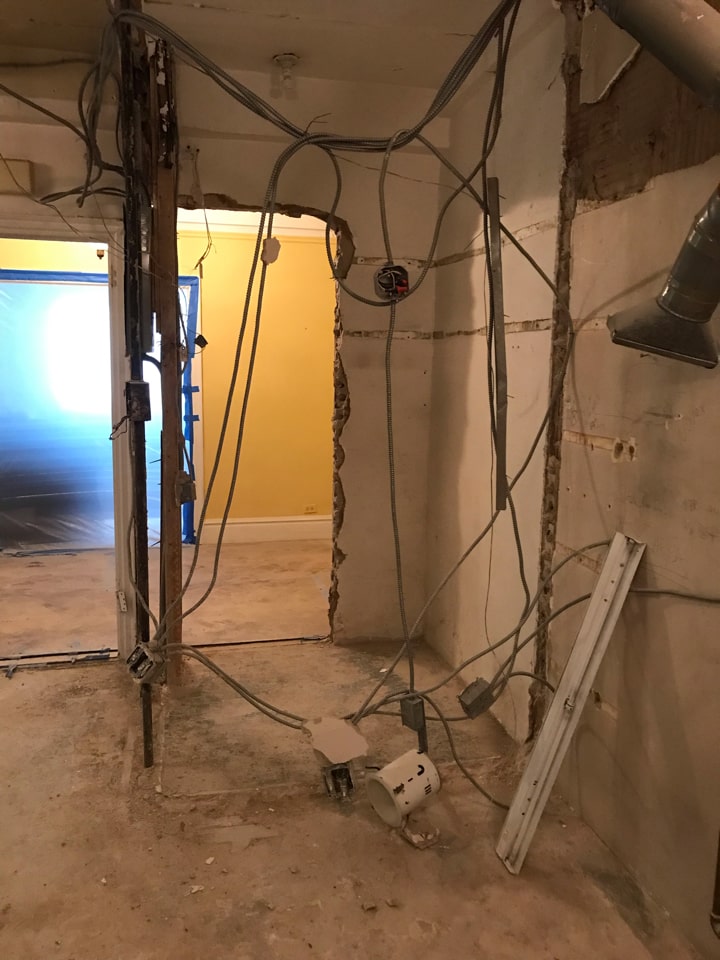
It’s clear that site conditions impact the amount of time needed to complete apartment renovations, which in turn increases costs. But that’s not all: in a private home, you can set up a dumpster outside and throw in all the detritus as you work. This is not an option in apartments. Your best bet is to carry the heavy debris out, bucket by bucket, into a van or pickup truck to cart it away. As a result, the element of time is often doubled, if not tripled, depending on the scope of the project.
[#Living]Living in the city[#Living]
We already mentioned that street parking can add time to a project. But it’s not just having to spend time walking materials that adds to the cost. You’re dealing with parking tickets too, from meters running over to parking in off-limits spots. Sure, there are usually a couple areas dedicated to loading and unloading, but it’s a gamble that you’ll be able to grab those.
Because parking tickets come with the territory of renovating in NYC, they’re usually priced into the job. Any given project that takes 3-4 months can run up to a few thousand dollars in parking tickets, which is factored into the budget. UPS, in fact, has a deal with the city in which they pay parking tickets at a discounted bulk rate!
Labor costs in the city are generally more expensive across the board, too. In recent years, the demand for skilled laborers and contractors in Manhattan and Brooklyn has exceeded the supply, driving up costs in its own right.
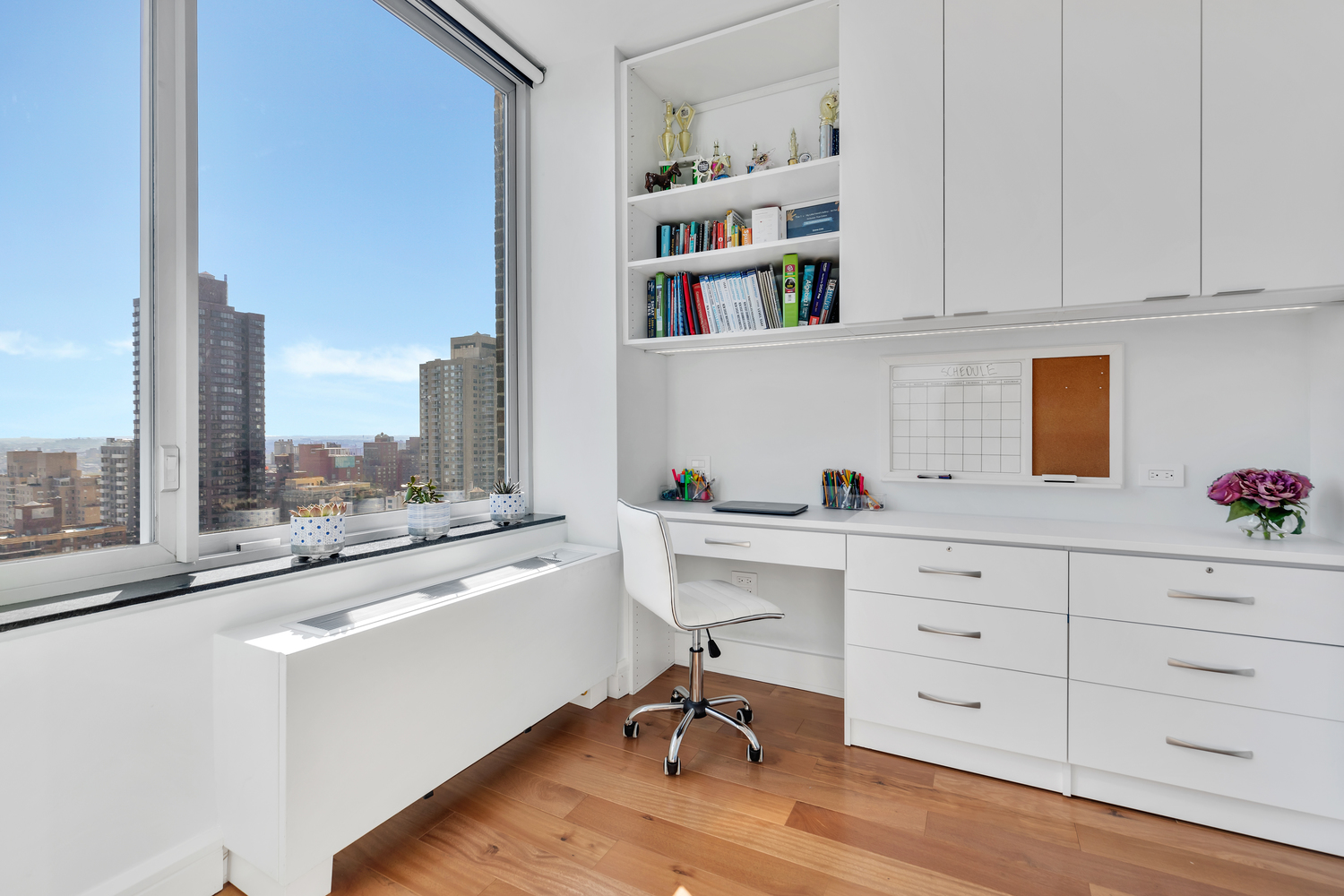
Elevator usage, site conditions, parking tickets. When you start adding up all the factors that are specific to New York City apartments, the complexity of these projects becomes crystal clear.
[#Home]Home Renovation Contractors In New York City[#Home]
At Gallery, we’re here to help you navigate your NYC apartment renovation project from every angle, from design and planning to understanding exactly what every element of the project necessitates. If an NYC apartment renovation is in your future, take a look at our portfolio of projects or contact us for a consultation.

.png)
.png)



.jpg)

.jpg)

%20(2).jpg)


.jpg)
%20Gallery%20KBNY.JPG)


